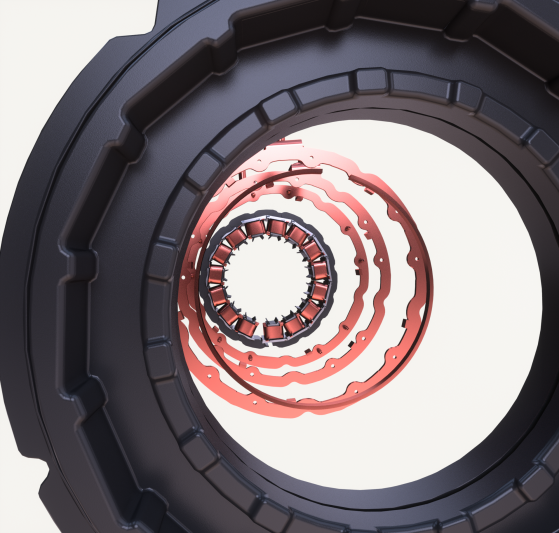Why use animation and graphics within your videos? Well to put it simply, they play a key role in making a video stand out. Their unique look helps promote your brand’s identity, explain things in a simple fashion and display things that usually may be hard to understand.
To keep things simple, graphics can be broadly broken down into the following:
- Two-dimensional, 2.5-dimensional, and three-dimensional computer imagery
- Animation, joining a series of images together to simulate motion
- Motion graphics, which create the illusion of movement, are often combined with audio and text, including moving text known as “kinetic typography”
Each of these has separate advantages and applications to which they’re best suited, so without further ado, let’s dig into each of them and see how they could potentially benefit your upcoming video.
2D Graphics
Up first is 2D computer graphics. These stem from, and typically represent, symbols and images traditionally displayed on paper, such as text, maps, emojis and charts. These images work on a 2D plane: they have no depth, and can only move along two axes, up and down and from side to side, although making them smaller or larger can create the illusion of a depth of field. Here is an example of some 2D animations we used for an internal video:


Most graphics are two-dimensional, created through software programs including Adobe After Effects and Nuke.
3D Graphics
3D graphics incorporate depth and details which allow the viewer to perceive a greater sense of realism. Unlike 2D images, 3D objects can be viewed from all angles:

![]()
3D computer animation first became viable in the 1980s, with digital elements added to films individually, until the release of Toy Story in 1998, the first all-CGI (Computer Generated Imagery) film to be released. In the 21st century, 3D graphics finally overtook traditional animation in both cinema and marketing as advancing technology streamlined the production process and cut the time, and cost, required to make it.
Corporate videos and video marketing often feature 3D graphics and animation to display the same sort of information as 2D graphics, albeit in a more dynamic fashion. Video marketing agencies will often create a 3D animated logo. These product graphics are often built up from the CAD (Computer-Aided Design) files used in the design and manufacturing process. Modelling a product in 3D allows the viewer to get a tangible sense of the product, with views from all angles. ‘Exploded’ views allow a video production company to take the product apart and put it back together, either to illustrate function or to just bring energy and gloss to a video. Besides showing the viewer the structure and components of an object, a ‘photo real’ finish can be added to the model to illustrate what it looks like in real life.


Animations
Animated videos comprise a series of images in sequence in order to achieve the appearance of movement. Often in combination with a script, sound or music. Any process which causes static images to move in concert is animation.
Animation is typically associated with characters although it can refer to any object made to appear mobile. The range of levels of animation is as varied as the styles of individual animators. Some figures may only move or bend slightly at the joints, while others can have a full, life-like range of motion.

Motion Graphics
Motion graphics are simply animated graphic designs edited together with audio effects and music for a smarter finish. This is an effective and engaging way to communicate information to your audience.
One of the most popular forms of motion graphics is Kinetic typography. These are often used by corporate video production companies to support what is being said by a client. The text tends to slide on to match or reflect what the speaker is saying. Most companies measure their performance and their successes in numbers. Unfortunately, viewers switch off in the face of raw data, which is where motion graphics come in. By animating key data points, what was a meaningless number becomes a memorable fact. We used this technique in our recent social media campaign with our video marketing stats of the week.
So Why Are Graphics Used In Video
A study by Stanford University found that 63% of listeners remembered speeches presented as stories. Whereas only 5% could recall a single isolated statistic written down.
The purpose of animation, motion graphics is simple: to enhance stories about your business and make them more memorable.
Viewers are bombarded with a constant stream of information. The best way to break that stream is to present who you are quickly and visually appealingly.
It’s surprising then that some data suggests only 34% of marketers use infographics, illustrations, or other styles of graphics to supplement their video marketing content.
We believe our graphics work has established us as one of the best video marketing companies. We can help meet your video needs so get in contact with one of our team of experts.


